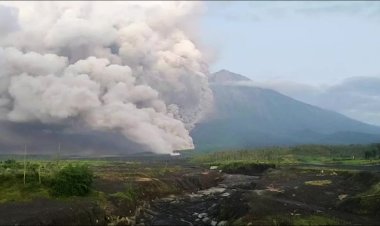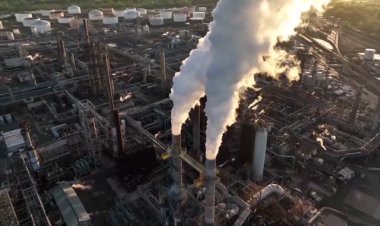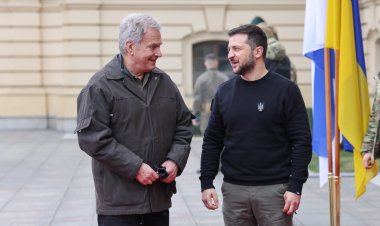India's Heatwave Election

India's six-week-long election resumed with millions of people lining up outside polling stations in parts of the country hit by a scorching heatwave.
Prime Minister Narendra Modi is widely expected to win a third term in the election, which concludes in early June.
But turnout in the first round of voting last week dropped nearly four points to 66 percent from the previous election in 2019, with speculation in Indian media outlets that higher-than-average temperatures were to blame.
Modi took to social media shortly before polls re-opened to urge those voting to turn out in "record numbers" despite the heat.
"A high voter turnout strengthens our democracy," he wrote on social media platform X. "Your vote is your voice!"
The second round of the poll -- conducted in phases to ease the immense logistical burden of staging an election in the world's most populous country -- includes districts that have this week seen temperatures above 40 degrees Celsius.
India's weather bureau said that severe heatwave conditions would continue in several states through the weekend.
Karnataka state in the south and parts of Uttar Pradesh, India's most populous state and heartland of the Hindu faith, are also scheduled to vote while facing heatwave conditions.
Analysts have long expected Modi to triumph convincingly in this year's vote, an assessment outwardly shared by his ruling Hindu-nationalist Bharatiya Janata Party.
But it added that it had been closely monitoring weather reports and would ensure "the comfort and well-being of voters along with polling personnel".
More than 968 million people are eligible to take part in India's election, with the final round of voting on June 1 and results expected three days later.















